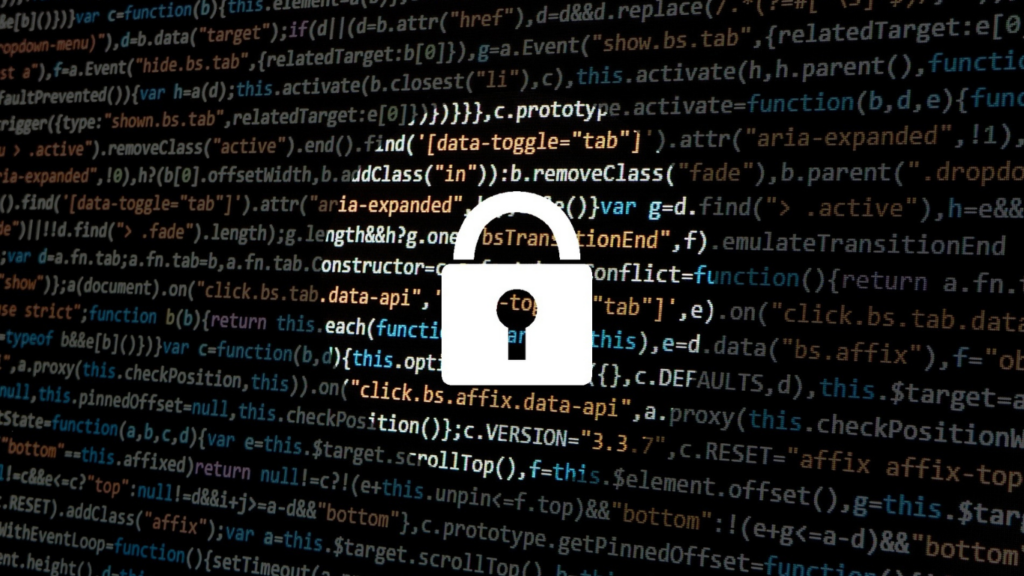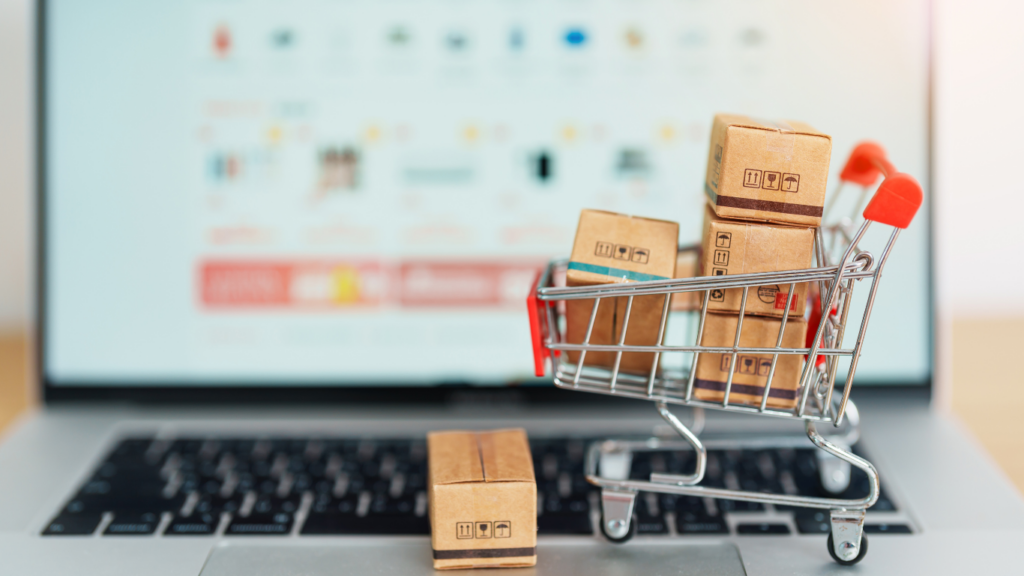Importance of Cybersecurity for Remote Workers
Remote workers face unique cybersecurity risks. Cybercriminals often target remote setups because they know personal networks may lack robust security measures. I believe everyone working remotely must understand why cybersecurity is crucial.
Companies store sensitive information online. A breach could expose this data, leading to financial loss and damaging reputations. Protecting this information isn’t only the company’s job; it’s a shared responsibility. Each remote worker plays a pivotal role in safeguarding the workspace against threats.
Securing a home network is vital. Most people don’t prioritize updating their router firmware or using strong passwords, creating vulnerabilities. I recommend regular updates and robust passwords for both routers and connected devices. This minimizes the chances of unauthorized access.
Phishing scams are rampant. Remote workers frequently use email for communication, making them prime targets. Security awareness training can help identify and avoid such scams. I always encourage colleagues to scrutinize email sources and report suspicious ones immediately.
Using VPNs can enhance security. A Virtual Private Network encrypts data, providing an additional layer of protection. I find VPNs essential for protecting sensitive information, especially when accessing company resources from public or unsecured networks.
By understanding the importance of cybersecurity, remote workers can take proactive steps to protect themselves and their organizations. This not only secures valuable data but also builds a culture of shared responsibility across the workforce.
Secure Your Home Network
Securing your home network is vital for maintaining cybersecurity while working remotely. By taking a few simple steps, you can greatly reduce potential threats.
Change Default Passwords
Many devices come with default passwords set by manufacturers. Change these immediately to prevent unauthorized access. Cybercriminals often know these defaults and can easily exploit them if left unchanged.
Use a Strong Password
Strong passwords enhance the security of your network. Use a mix of letters, numbers, and symbols, and make it at least 12 characters long. Avoid common phrases or easily guessable information like birthdays.
Enable Network Encryption
Encrypting your network protects transmitted data. Enable WPA3 encryption on your router, as it’s the most secure option. If WPA3 isn’t available, use WPA2. This step ensures that even if someone intercepts your data, they can’t read it.
Use Virtual Private Networks (VPNs)
Remote workers should use Virtual Private Networks (VPNs) to enhance their online security. VPNs encrypt internet traffic, protecting data from unauthorized access.
Benefits of VPNs
VPNs offer several key benefits for remote workers. First, they provide encrypted connections, which prevent potential eavesdroppers from intercepting sensitive information. This encryption ensures that data remains secure as it travels over the internet. Second, VPNs mask your IP address, making it difficult for third parties to track your online activities. By hiding your IP, VPNs add an extra layer of privacy. Third, VPNs can bypass geo-restrictions, giving you access to resources that might be blocked in your region.
Choosing the Right VPN
Selecting the right VPN involves considering multiple factors. First, look at the security features, such as encryption protocols and a no-logs policy. These features ensure that your online activities are not recorded or shared. Second, consider the VPN’s speed and reliability. A good VPN should provide fast, stable connections without slowing down your internet. Third, check the VPN’s compatibility with your devices and operating systems. Ensure that the VPN works seamlessly across all your work devices. Lastly, evaluate the customer support of the VPN provider. Reliable support can assist you with any technical issues that may arise.
Implement Multi-Factor Authentication (MFA)
Securing remote work environments is crucial, and implementing Multi-Factor Authentication (MFA) offers an added layer of protection. By requiring multiple verification steps, MFA significantly reduces the risk of unauthorized access.
Types of MFA
Different types of Multi-Factor Authentication exist to cater to various security needs:
- SMS-Based: Receives a one-time code via text message.
- Email-Based: Sends a one-time code to a registered email.
- App-Based: Utilizes smartphone apps like Google Authenticator or Authy.
- Hardware Tokens: Employs physical devices generating codes.
- Biometric: Uses fingerprints or facial recognition.
Using a combination of these types enhances security and ensures only authorized users can access sensitive information.
How to Set Up MFA
Setting up Multi-Factor Authentication involves a few straightforward steps:
- Sign In: Access your account security settings.
- Enable MFA: Locate the MFA option and choose to enable it.
- Select Method: Pick your preferred authentication method, such as app-based or biometric.
- Verify: Follow the prompts to complete the initial verification, providing a phone number or scanning fingerprints as necessary.
- Backup Options: Configure backup methods to ensure you can still access accounts if the primary method fails.
Once set up, MFA adds a robust security layer, making unauthorized access much more challenging.
Keep Software Up-to-Date

Keeping your software up-to-date is crucial for maintaining cybersecurity while working remotely. Regular updates guarantee that your systems have the latest protections against threats.
Operating Systems and Applications
Updating operating systems and applications is essential. Ensuring you have the most recent versions of your OS and software applications helps protect against vulnerabilities. For instance, update your Windows or macOS regularly. The same goes for web browsers like Chrome and Firefox and productivity tools such as Microsoft Office and Adobe Acrobat. Keeping these up-to-date prevents exploitation by malicious actors.
Security Patches
Security patches often address critical vulnerabilities. Developers release these patches to fix specific security flaws in software. Neglecting to install these patches can leave your system exposed to cyber-attacks. Regularly check for updates, especially for antivirus software, firewalls, and VPN tools. Enabling automatic updates ensures that you receive these patches promptly, minimizing risk and securing your remote work environment.
Be Cautious with Emails and Links
Remote workers must stay vigilant when dealing with emails and links. Cybercriminals often use phishing to trick individuals into revealing sensitive information.
Identifying Phishing Attempts
Identifying phishing attempts is crucial for maintaining cybersecurity. Look for generic greetings, unsolicited requests for personal information, and email addresses with slight misspellings. Suspicious attachments or links are often indicators of phishing. Always verify the authenticity of the sender before clicking on any link or downloading an attachment.
Safe Browsing Practices
Safe browsing practices protect you from malicious websites and potential threats. Use reputable browsers that offer built-in security features like warnings for unsafe sites. Avoid clicking on pop-ups and ensure URL accuracy before entering credentials. Enable browser extensions that enhance privacy and security, such as ad blockers and anti-tracking tools.
Educate Yourself on Social Engineering Attacks
Social engineering attacks exploit human psychology rather than technical vulnerabilities. Understanding these tactics helps in recognizing and avoiding them.
Common Social Engineering Techniques
Attackers employ various techniques to trick individuals into divulging confidential information. Phishing emails, which often mimic legitimate communications, lure targets into providing sensitive data. Pretexting involves creating a fabricated scenario to extract personal information. Baiting offers something enticing to provoke a user’s response, like downloading malware. Tailgating or piggybacking allows unauthorized individuals to follow someone into a restricted area.
Preventive Measures
Remaining vigilant prevents falling victim to these attacks. Always verify the sender’s identity before responding to emails or messages. Avoid clicking on unexpected or suspicious links. Use bookmarks for frequently visited websites to avoid typosquatting traps. Regularly update and change passwords, incorporating both complexity and uniqueness. Enable multi-factor authentication for an added security layer. Secure physical workspaces by not allowing strangers to follow you into restricted areas. Maintain awareness and be skeptical of unsolicited requests for personal or sensitive information.
Utilize Reliable Security Software
Investing in dependable security software forms a vital part of maintaining cybersecurity for remote workers. Protecting digital environments against malware and other threats strengthens overall security measures.
Antivirus Programs
Antivirus programs are essential for detecting and removing malicious software. Widely used programs, such as Norton, McAfee, and Bitdefender, offer comprehensive protection. Regular full-system scans identify and neutralize emerging threats. Keeping antivirus definitions up-to-date ensures protection against newly discovered viruses. Scheduling daily quick scans can help maintain security without disrupting work.
Anti-Malware Solutions
Anti-malware solutions complement antivirus programs by targeting non-viral threats like spyware, adware, and ransomware. Applications like Malwarebytes and Spybot Search & Destroy provide specialized tools for removing these types of malware. Routine scans and real-time protection features detect suspicious behavior and safeguard sensitive information. Remember to update anti-malware definitions regularly to counteract the latest threats.
By integrating reliable security software into your remote work setup, you mitigate the risk of cyber-attacks and ensure a safer digital workspace.





